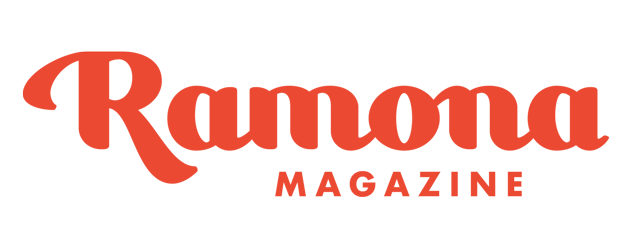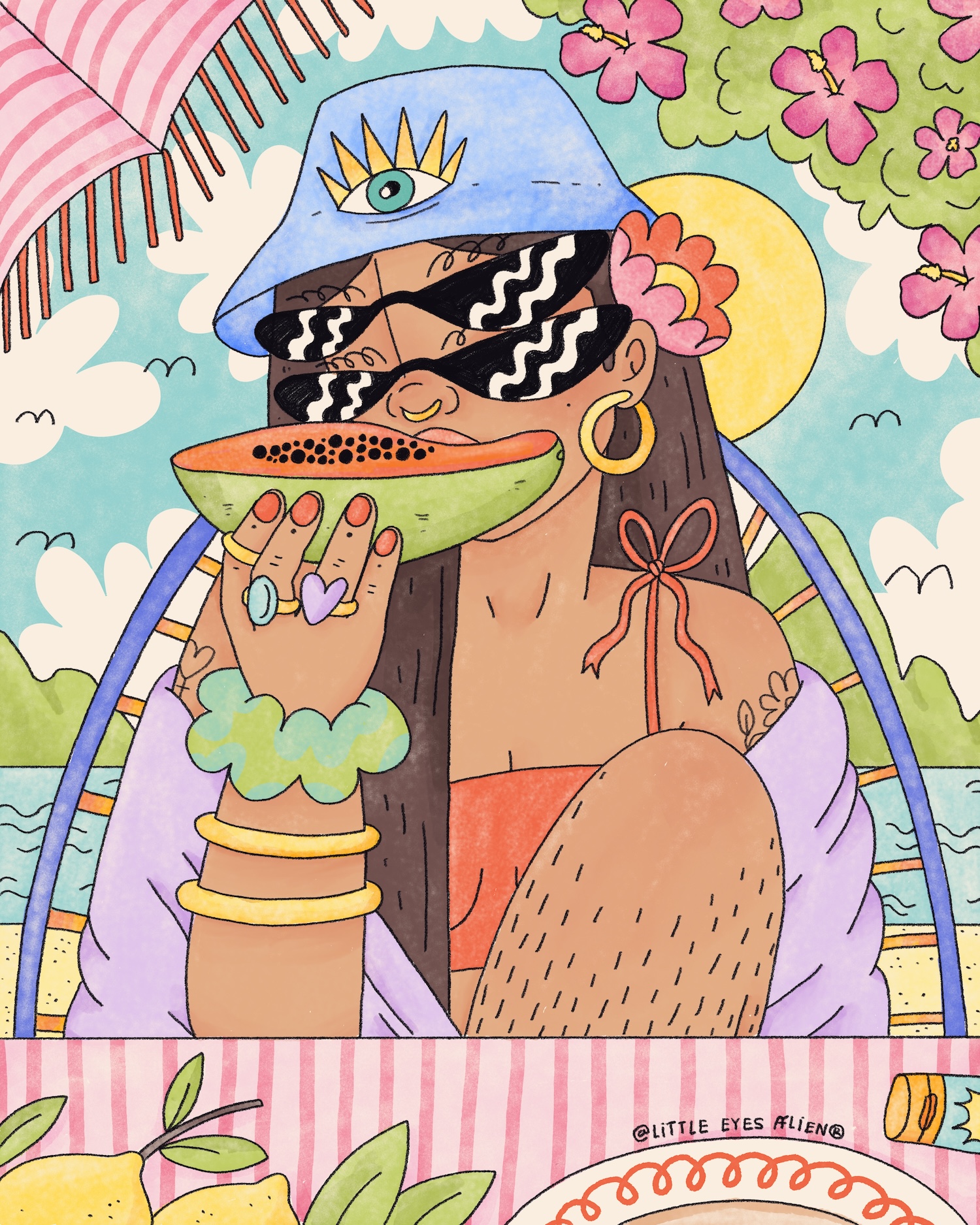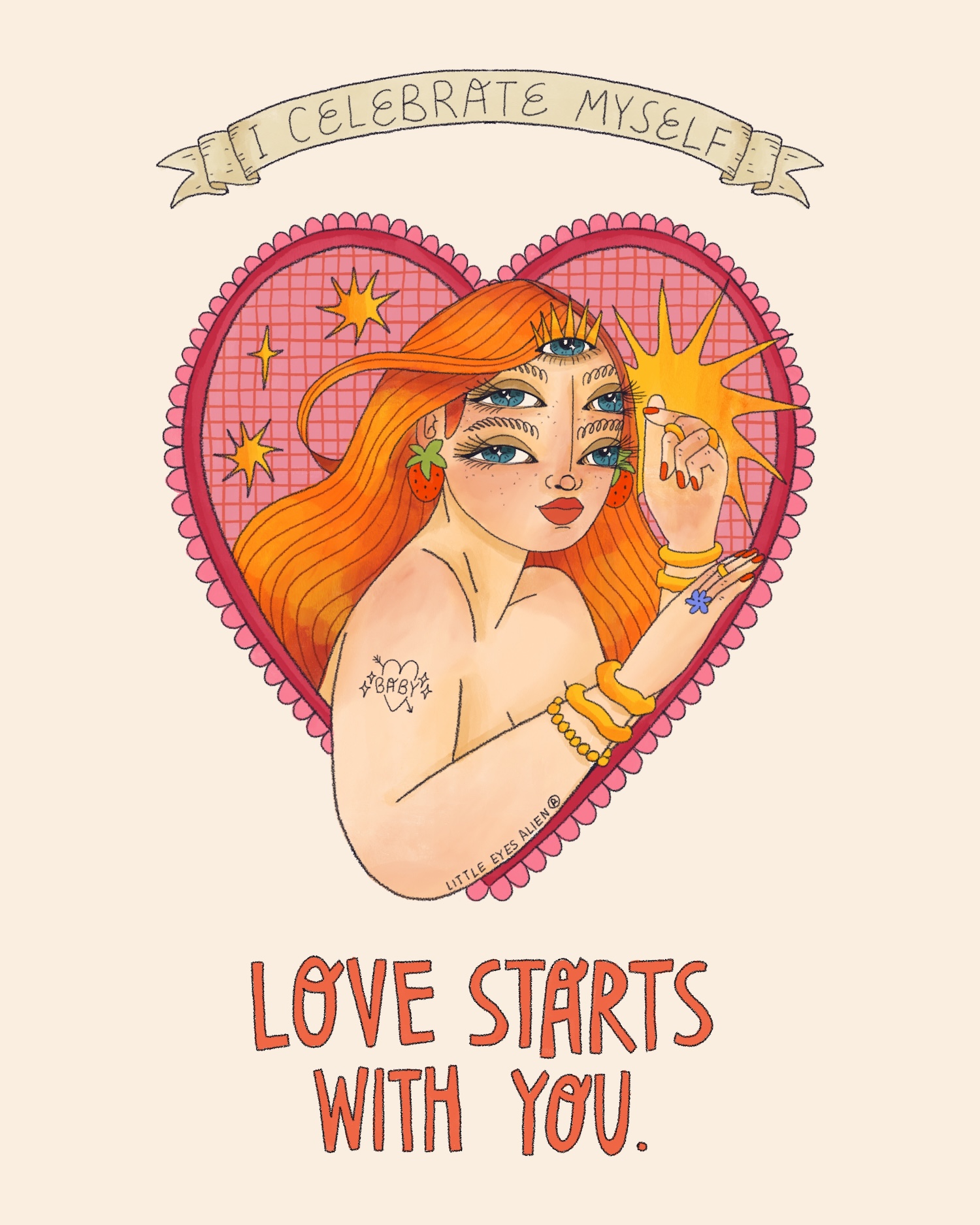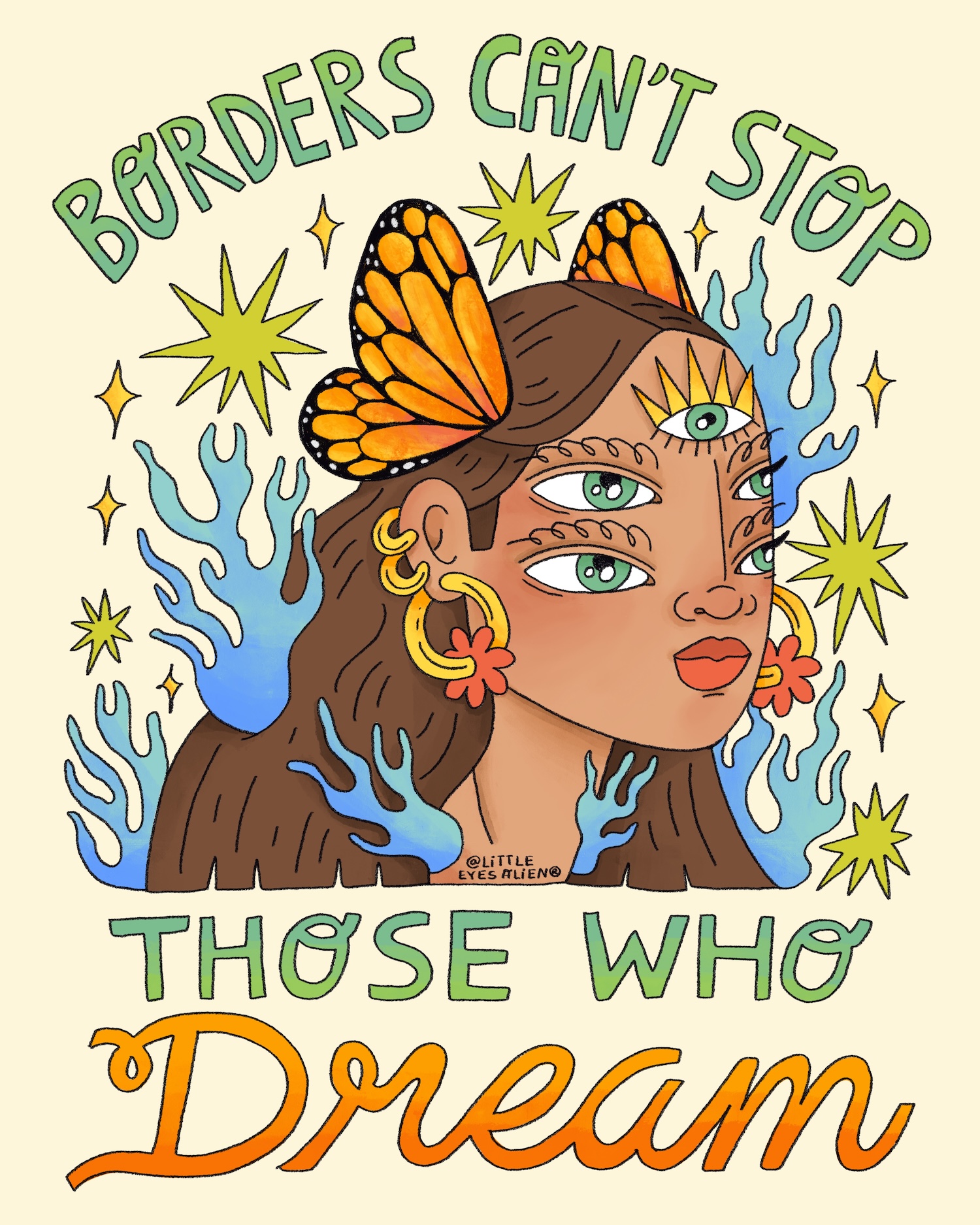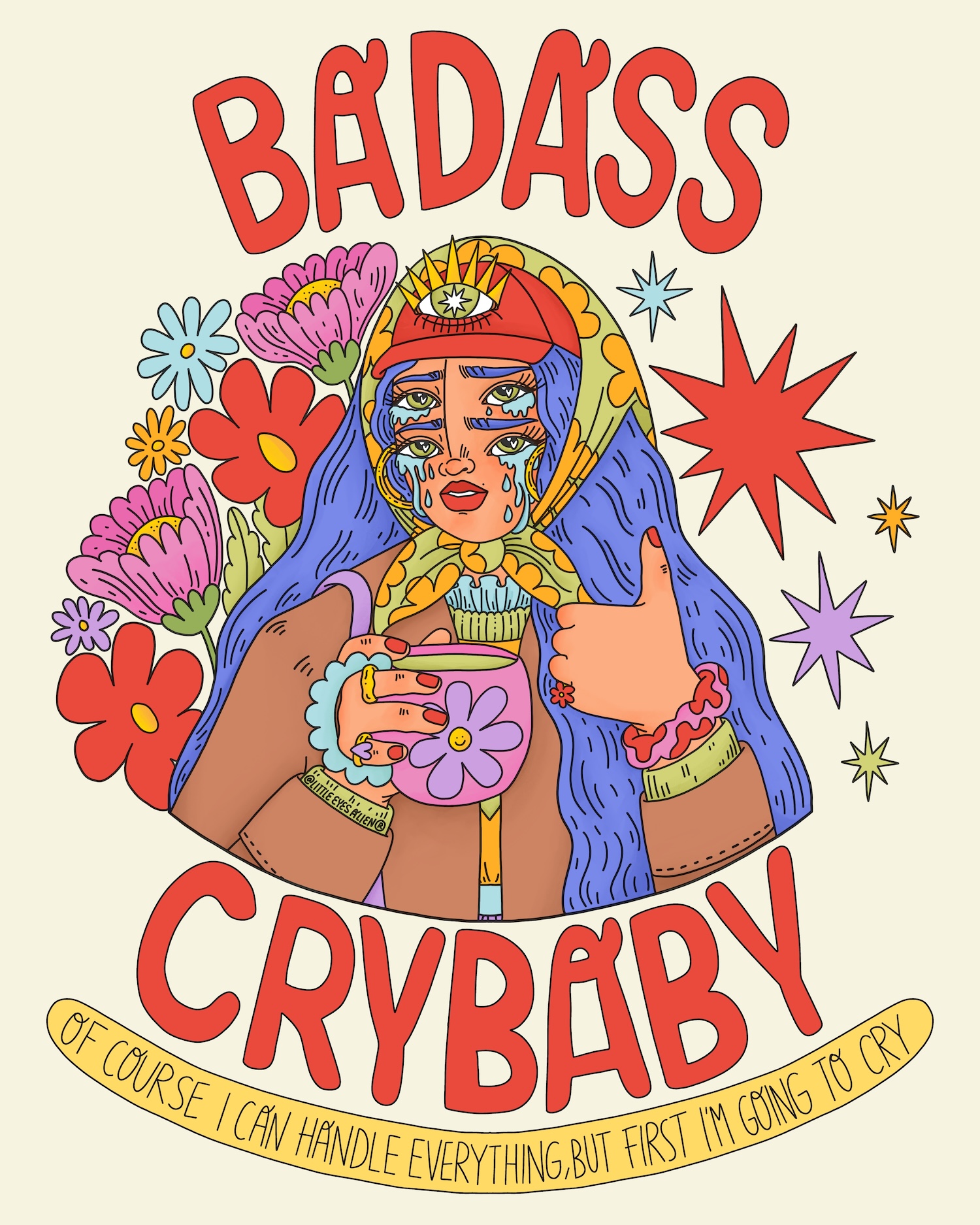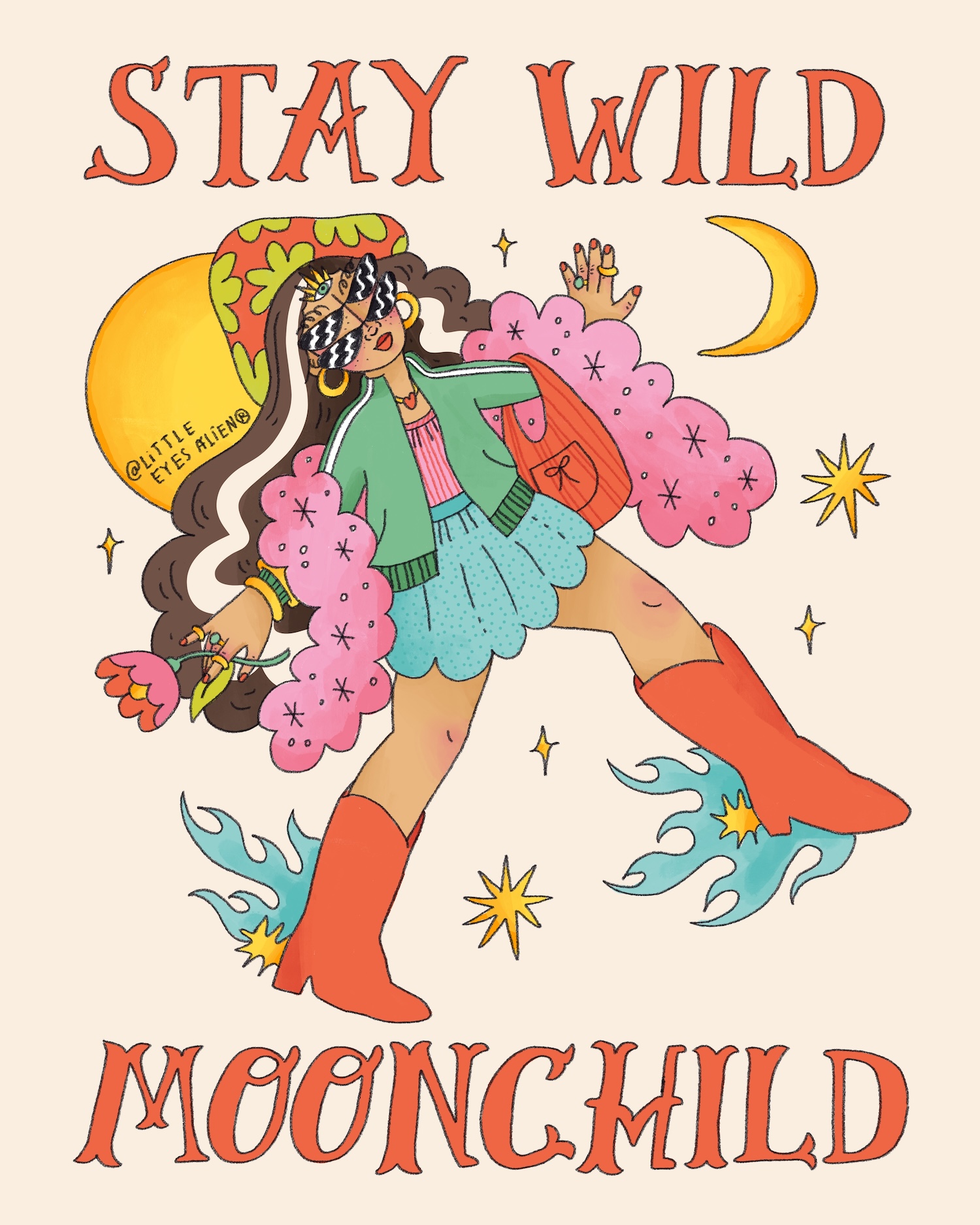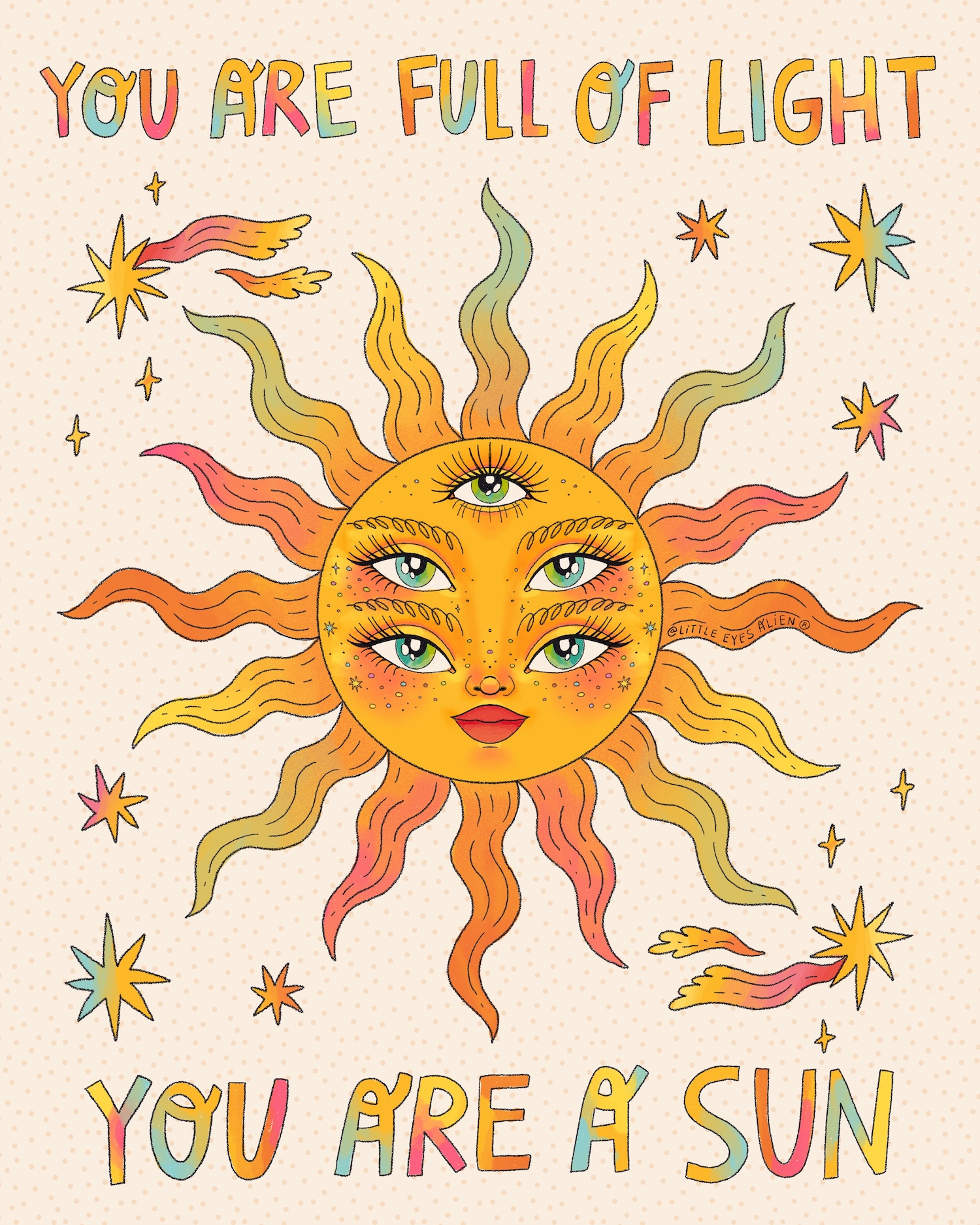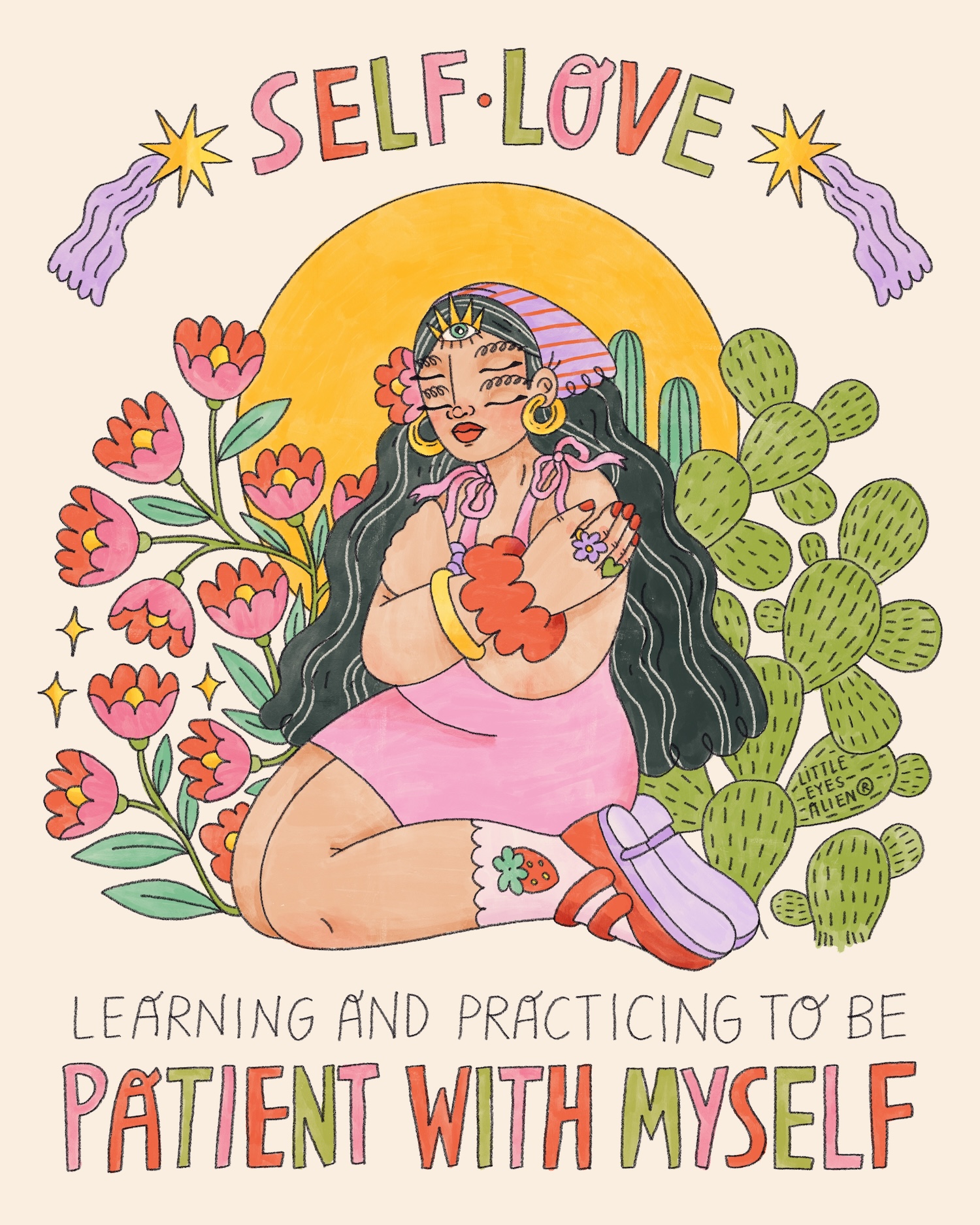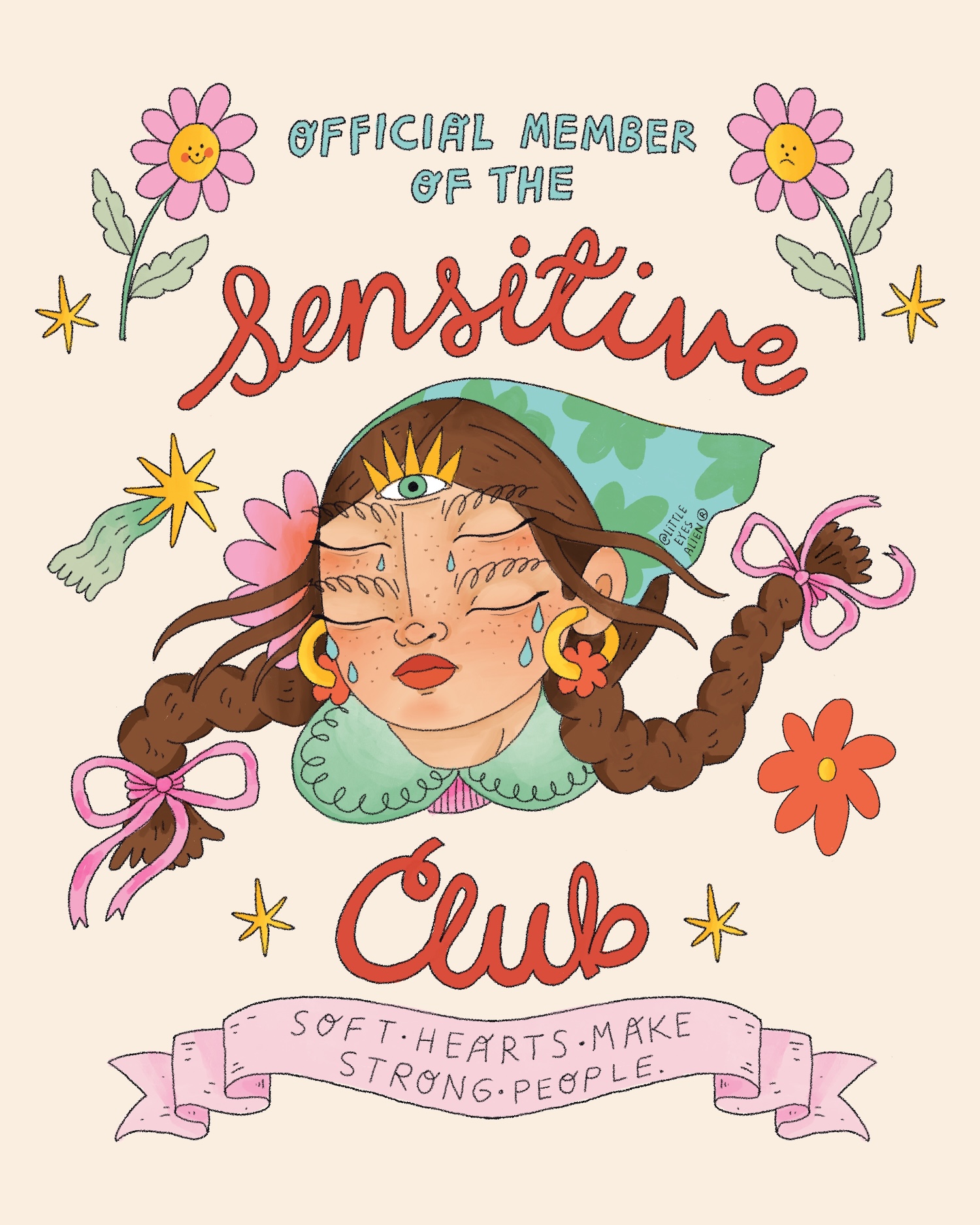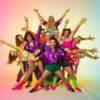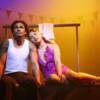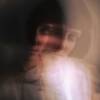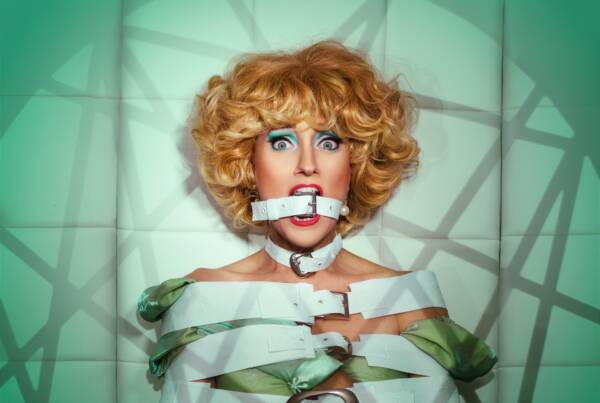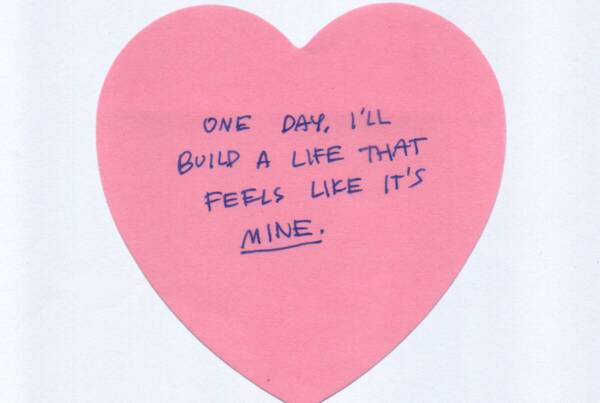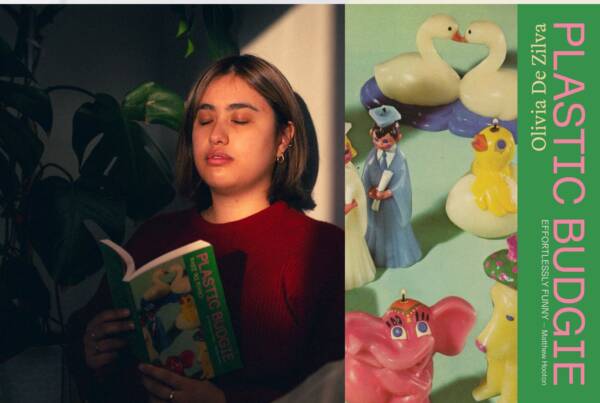Interview with Erika Santiago AKA Little Eyes Alien by Freya Bennett
Little Eyes Alien is the artistic name of Erika Santiago (she/they), a professional illustrator from southern Mexico now based in Frankfurt, Germany. Known for her bold, vibrant, and mystical style, Erika blends traditional and digital techniques to create work that tells powerful visual stories. Through her brand Little Eyes Alien, she collaborates with clients worldwide, using her art to promote authenticity, emotional well-being, and the beauty of imperfection. Her recent highlights include contributing to JanSport’s Legacy Anniversary campaign and designing the official poster for the 2024 Hola Mexico Film Festival. We chat to her about creativity, identity, and the art of staying true to yourself.
Hi Erika! Thanks so much for making the time to chat. How are you today — and is there anything (big or tiny) that’s been feeding your creativity lately?
Hi! Thank you so much for the invitation to this interview. I’m truly grateful for the opportunity to be part of it. I’m doing really well and feeling very at ease. Actually, something that’s been happening in my life recently has been fueling my creativity: it’s like, all of a sudden, I found myself after searching for so long—and I really liked who I found. I started showing up just as I am: no filters, no shame, no trying to fit into spaces or styles that don’t feel right for me. I began to express my most authentic self, unapologetically—and I’ve never felt as comfortable as I do now. It’s been a wild ride, a powerful experience that taught me a lot. A challenging adventure, but one that inspires me deeply… and I really love the results.
You’re originally from San Cristóbal de Las Casas, Chiapas, and now based in Frankfurt. How has this bicultural experience shaped the way you see and make art?
Migration didn’t just move me from one country to another—it shifted everything inside me. It felt like an internal earthquake that deconstructed me, but that, day by day, is rebuilding itself on stronger, more resilient foundations. Resilience and patience have been my companions through big adventures and my most inspiring muses. The changes I’ve experienced, walked through, observed, and questioned have definitely shaped the way I express my creativity and make art.
Your illustrations often blend traditional and digital techniques. What do you love about each, and how do you decide which medium to use for a particular piece?
With traditional techniques, I absolutely love the unique textures you can achieve. The experiments you can try, the exercises for drawing, and the “little big” accidents that happen on paper with ink—sometimes these little surprises turn out to be very special for an illustration. Personally, I think it’s a completely different feeling working on paper compared to a tablet, and the results are very different. I’m also very happy with digital illustration. I really enjoy working with this technique (and it’s actually the one I use the most these days). With the pace of life I have, it’s perfect for me, and it fits the needs of most of my clients and platforms. It’s very practical, too, because with just a click you can undo any unwanted detail and start over. Combining both is, for me, the perfect formula. It’s like living in two worlds where you can achieve incredible and very special results.
Much of your work feels like storytelling through symbols, textures, and character design. Can you walk us through how you develop a visual narrative, from idea to finished piece?
First, the idea comes to my mind. I really enjoy adding phrases to my illustrations. I find a lot of inspiration in my world, and I’m very observant. I love to be amazed by the answers my environment gives me. Whenever a phrase or an idea pops into my head, I quickly jot it down in a note on my phone so I don’t forget it. Then, I sketch the idea in a notebook or on my tablet. I like to look for visual references in books or online, like Pinterest, Instagram, or Behance. I enjoy having a visual library and combining elements until I find something I feel comfortable with and that is enough to communicate what I want through an image.
Learning the psychology of color has been very valuable to me in expressing and visually conveying emotions. Creating a visual environment that projects something beyond the surface, much like photography, capturing those everyday moments/images/expressions that speak more than a thousand words. I love the bold/eclectic/mystical style, and most of my characters have this kind of personality. But I also enjoy exploring other styles and being inclusive. Fashion is something I’m passionate about, and it inspires me a lot when creating my characters.
Afterward, I refine the sketch with the technique I have in mind. Sometimes I scan it and edit it in design programs until the piece is finished, or sometimes I just complete the illustration in an app and share it on my social media.
You’ve had some incredible recent achievements — like working on Jansport’s Legacy Anniversary campaign and having your work published in an illustration magazine in Milan. Can you tell us about these highlights and what they’ve meant to you?
Yes! This year has been such an exciting and surprising adventure. When I look back at what I’ve been able to accomplish, I still feel like I’m dreaming—it’s been filled with truly meaningful moments.
Being part of JanSport’s anniversary campaign was a very special experience for me. It’s a brand I grew up with, and I never imagined I’d have the chance to collaborate with them one day. Contributing to their visual legacy gave me the opportunity to tell a story that connects across generations. On top of that, the team I worked with was amazing: super professional, but more than anything, incredibly kind, empathetic, patient, and easygoing. It was one of those projects that you genuinely enjoy from start to finish—where everything just flows, and you feel like you’re exactly where you’re meant to be.
On the other hand, seeing my work published in an illustration magazine in Milan was incredibly special. It’s a magazine I had admired for a long time and always hoped to own someday. The fact that my work was featured in it feels almost like I had manifested it. And the day I finally got my hands on a copy—turns out it was the exact issue with my illustration printed inside… that made it a true treasure for me.
Your work often touches on themes like identity, feminism, and empowerment. Are these themes something you plan for from the beginning, or do they emerge naturally as you create?
I believe that my work is, first and foremost, the most authentic and accurate reflection of my personality and ideology—of who I am, how I am, and how I understand the world. My work is definitely my most powerful tool for communication, so it’s not something I plan; it’s simply a flow that gets expressed through my illustrations.
I love creating illustrations that feel like a home or a safe space, validating our emotions, celebrating our real beauty—without filters—our imperfections, resilience, celebrating love, respect, and empowering ourselves.
From dreamy editorial illustrations to cheeky merch like the Badass Crybaby sweatshirt, your art lives in lots of different spaces. How do you balance your personal creative vision with making work that connects with a broader audience?
Fortunately, my work with my particular style has been a magnet for clients who are similar to me and connect with my style. Sometimes they ask for small changes in commissioned work (like characters with only two eyes) due to brand identities and their guidelines. This isn’t something that complicates me at all.
I’m not sure if it’s something I attract because I desire it with all my heart every day XD, but fortunately, every client that comes to me with open ideas to be expressed through my style and perspective (which can sometimes be challenging) makes me incredibly happy when we achieve a result that both sides are pleased with. That’s what makes me love and enjoy my work so much.
